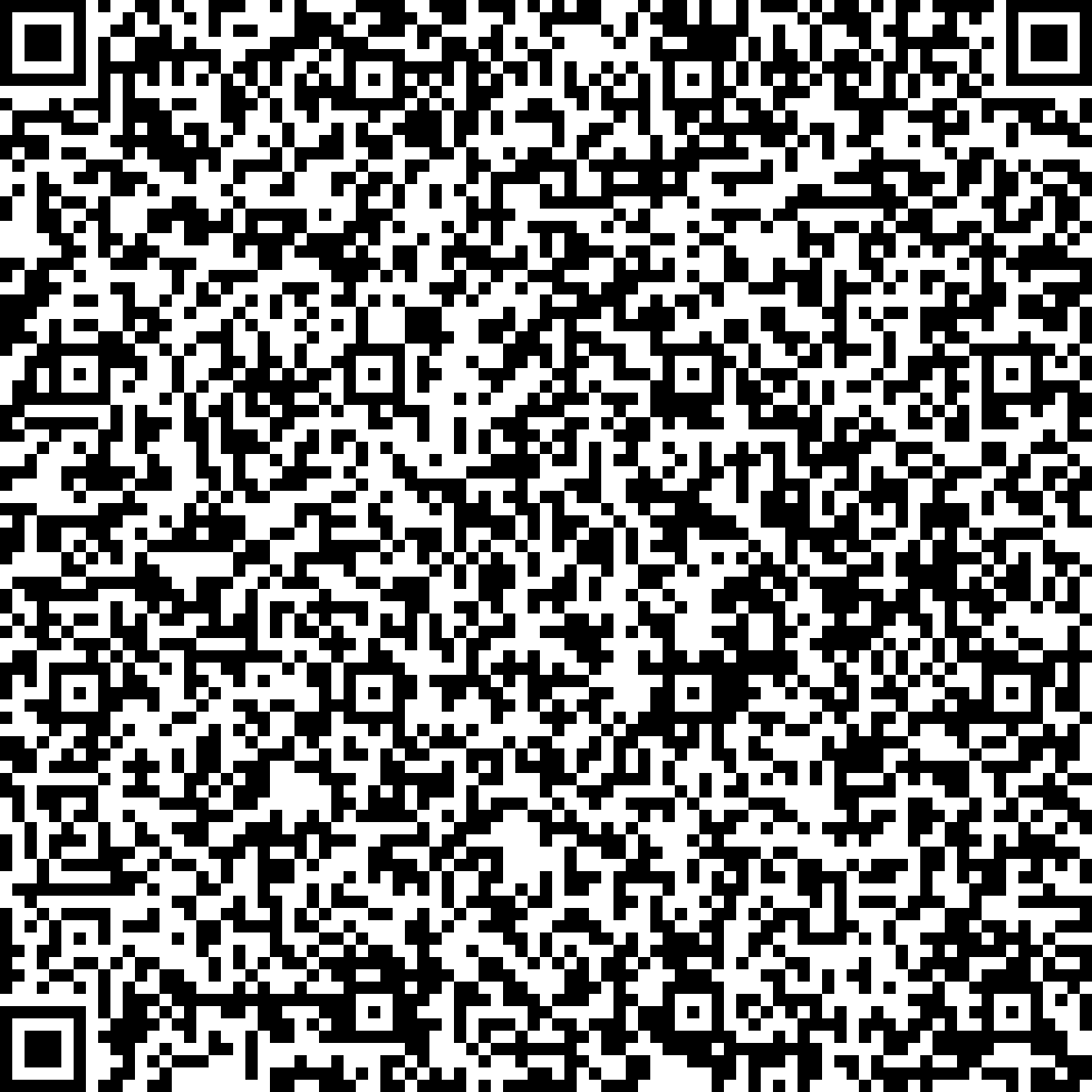


The Landauer-Büttiker (LB) method (also known as the scattering method) establishes the relation between the wave functions (scattering amplitudes) of electrons in a nanojunction and the conducting properties of this junction. The LB method can be applied to find the current through a noninteracting junction or through a junction with effectively noninteracting quasiparticles, for example if the mean-field description is valid and the inelastic scattering is not essential. Such type of an electron transport is called coherent, because there is no phase-breaking and quantum interference is preserved during the electron motion across the system. Actually, the LB method is now routinely applied to basic transport calculations through nanostructures and single molecules. Besides, it is directly applicable in many semiconductor quantum dot systems with weak electron-electron interaction. Due to simplicity and generality of the LB method, it is now widely accepted and is in the base of our understanding of the coherent transport. We consider the foundations and some applications of the LB method, related directly to the problems of quantum transport at nanoscale. In particular, a basic quantum junction model and necessary results from the quantum scattering theory, the Landauer formula in the single-channel (and independent-channel) case, the general multi-channel and multi-terminal formalism.
Announcement (pdf)
Additional information



The Landauer-Büttiker (LB) method (also known as the scattering method) establishes the relation between the wave functions (scattering amplitudes) of electrons in a nanojunction and the conducting properties of this junction. The LB method can be applied to find the current through a noninteracting junction or through a junction with effectively noninteracting quasiparticles, for example if the mean-field description is valid and the inelastic scattering is not essential. Such type of an electron transport is called coherent, because there is no phase-breaking and quantum interference is preserved during the electron motion across the system. Actually, the LB method is now routinely applied to basic transport calculations through nanostructures and single molecules. Besides, it is directly applicable in many semiconductor quantum dot systems with weak electron-electron interaction. Due to simplicity and generality of the LB method, it is now widely accepted and is in the base of our understanding of the coherent transport. We consider the foundations and some applications of the LB method, related directly to the problems of quantum transport at nanoscale. In particular, a basic quantum junction model and necessary results from the quantum scattering theory, the Landauer formula in the single-channel (and independent-channel) case, the general multi-channel and multi-terminal formalism.
Announcement (pdf)
Additional information